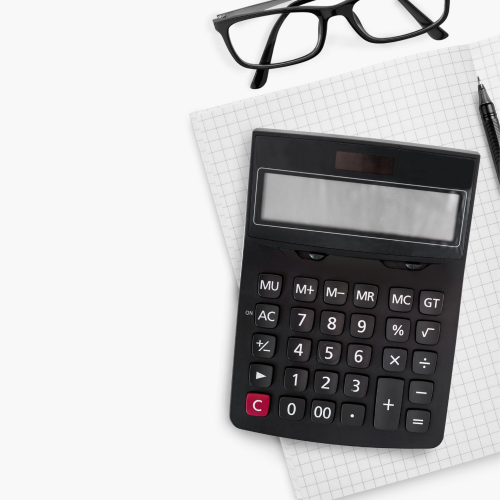Last updated: November 04 2020
CRB Recipients: RRSP Contributions a Secret Weapon Against Clawbacks

Evelyn Jacks & Walter Harder
Making an RRSP contributions by March 1, 2021 is a smart move by eligible recipients of Canada Recovery Benefits (CRB) if total net income will exceed $38,000. The reason? A very expensive clawback of the CRB.
Knowledge Bureau’s newly updated Income Tax Estimator can help professionals help COVID-fatigued clients preserve these much-needed funds with precise calculations.
To get the best after-tax results, pros will want to double check available RRSP contribution room, especially if clients have had a reassessment notice since the 2019 tax return was filed.
Cash strapped? Not to worry if the taxpayer has investments sitting in a non-registered account. Qualifying investments can be transferred “in kind” at fair market value into the RRSP to generate the deduction; however, any accrued investment income earned outside the RRSP must be first be added to income.
Another tip: accrued losses in the non-registered investments, cannot be deducted, so best to transfer investments with accrued capital gains or other income for the best tax results. Otherwise, sell the investments first to generate the losses and then contribute cash to the RRSP.
Even if the individual has to borrow to make the RRSP contribution or to take the invested money out of the RRSP early next year to make ends meet the RRSP move could be well worthwhile.
Here’s an “extreme” example of how important this is:
Jenny’s net income for 2020 is $42,000, which includes a $2,000 CRB payment. Because her net income is over $38,000 she’ll have to repay all of her CRB – that’s $2,000 on top of the taxes payable on her $40,000 income.
But, if she makes a $4,001 RRSP contribution, she’ll bring her net income before CRB below $38,000 and she’ll get to keep all of her CRB.
That’s a return of 50% on the RRSP contribution.
If she makes the contribution in January 2021 and removes the money from her RRSP in February, she’ll add $4,000 to her income in 2021 and increase her taxes for 2021 by about $800 (depending on her province of residence and 2021 income level). The bottom line is a net savings of $1200 over the two years. The cost is $2,000 of RRSP contribution room that can’t be used in a future year.
If Jenny continues to receive CRB in 2021 and her income for the year exceeds the $38,000 threshold, she can employ this strategy again in early 2022 to eliminate the clawback of CRB for 2021.
Try your own “what if” scenarios on the Knowledge Bureau Income Tax Estimator: only $69.50 a month.
Additional educational resources: Earn the credentials to help Canadians navigate the tax-repercussions of covid-19 benefits as a DFA-Tax Services Specialist™. Start today and graduate before tax season 2021 to prepare income tax returns. Take six interesting, practical courses featuring true-to-life case studies using student versions of popular professional tax software:
Custom-Design Your Own Flexible Study Plan
PRACTICAL SKILLS
Professional Income Tax Course - Entry Level
Professional Income Tax Course - Advanced Level
STRATEGIC KNOWLEDGE
